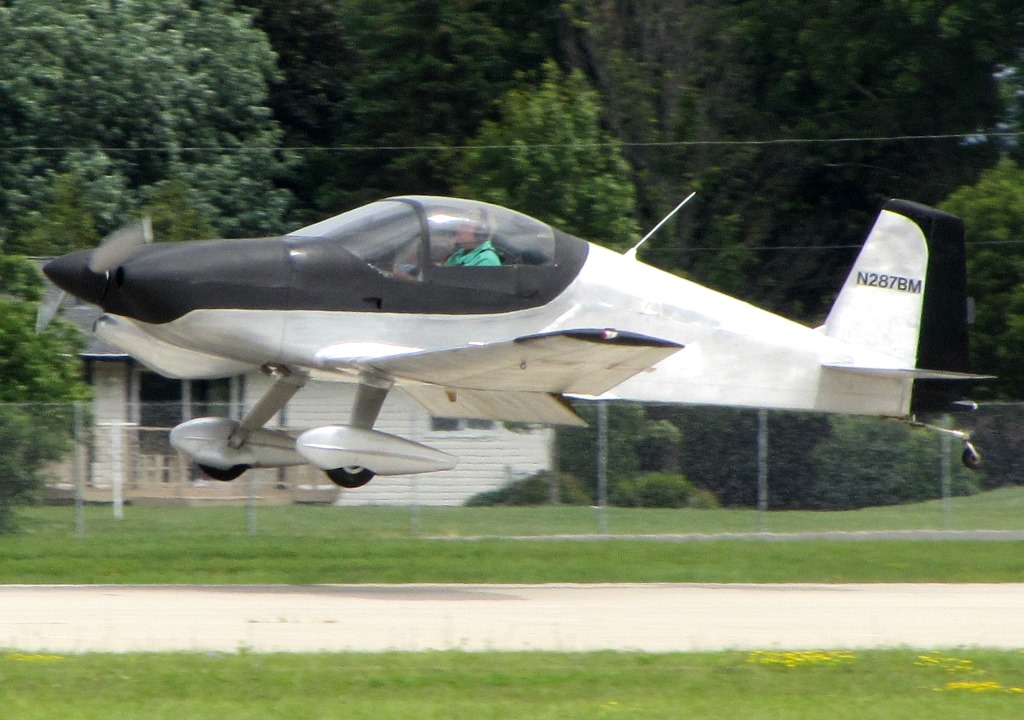Bushby Mustang II on:
[Wikipedia]
[Google]
[Amazon]
__NOTOC__


 The Mustang Aeronautics Mustang II is a two-seat
The Mustang Aeronautics Mustang II is a two-seat
Manufacturer's website - Mustang II History
Detailed AVweb review
{{aircontent , related= , similar aircraft= , sequence= , lists= , see also= 1960s United States sport aircraft Homebuilt aircraft


 The Mustang Aeronautics Mustang II is a two-seat
The Mustang Aeronautics Mustang II is a two-seat aerobatic
Aerobatics is the practice of flying maneuvers involving aircraft attitudes that are not used in conventional passenger-carrying flights. The term is a portmanteau of "aerial" and "acrobatics". Aerobatics are performed in aeroplanes and glid ...
sports airplane developed and marketed in the United States for homebuilding.Vandermeullen, Richard: ''2012 Kit Aircraft Buyer's Guide'', Kitplanes, Volume 28, Number 12, December 2011, page 62. Belvoir Publications. ISSN 0891-1851Bayerl, Robby; Martin Berkemeier; et al: ''World Directory of Leisure Aviation 2011-12'', page 113. WDLA UK, Lancaster UK, 2011. ISSN 1368-485XTacke, Willi; Marino Boric; et al: ''World Directory of Light Aviation 2015-16'', page 119. Flying Pages Europe SARL, 2015.
Design and development
Robert Bushby
Robert Wesley Bushby (February 24, 1927 – October 14, 2018) was an American aircraft mechanic and aviator who designed the Bushby Mustang II, later called the Mustang Aeronautics Mustang II. He was born in Joliet, Illinois, and started t ...
acquired the rights to the Long Midget Mustang in 1959 and four years later began development of a two-seat, side-by-side version. This eventually flew in 1966 and plans were made available soon thereafter. Rights to both the Midget Mustang and the Mustang II were sold to Mustang Aeronautics
The mustang is a free-roaming horse of the Western United States, descended from horses brought to the Americas by the Spanish. Mustangs are often referred to as wild horses, but because they are descended from once- domesticated animals, ...
in 1992.
A single engine in tractor configuration airplane, the Mustang II features cantilever low-wing, two-seats-in- side-by-side configuration enclosed cockpit under a bubble canopy, fixed conventional landing gear, or, optionally, tricycle landing gear.
The aircraft is made from riveted sheet aluminum with a rounded turtle deck and flat sides and bottom skins. Its span wing employs a NACA 64A212 airfoil
An airfoil (American English) or aerofoil (British English) is the cross-sectional shape of an object whose motion through a gas is capable of generating significant lift, such as a wing, a sail, or the blades of propeller, rotor, or turbine.
...
at the wing root, transitioning to a NACA 64A210 at the wingtip. Standard engines used include the Lycoming O-320, the Lycoming O-360 and the fuel-injected Lycoming IO-360 four-stroke
A four-stroke (also four-cycle) engine is an internal combustion (IC) engine in which the piston completes four separate strokes while turning the crankshaft. A stroke refers to the full travel of the piston along the cylinder, in either directio ...
powerplants. Standard fuel capacity is 25 US gallons, but optional wet wings increase the fuel capacity to 61 US gallons. Several other fuel tank options are available. A folding wing option may be installed.
Specifications
References
* *Manufacturer's website - Mustang II History
External links
*Detailed AVweb review
{{aircontent , related= , similar aircraft= , sequence= , lists= , see also= 1960s United States sport aircraft Homebuilt aircraft
Mustang II
The second-generation Ford Mustang, marketed as the Ford Mustang II, is a two- or three-door, four passenger, front-engine/rear-drive pony car manufactured and marketed by Ford from 1973 until 1978. Introduced in September 1973 for model year ...
Low-wing aircraft
Single-engined tractor aircraft
Aerobatic aircraft
Aircraft first flown in 1966